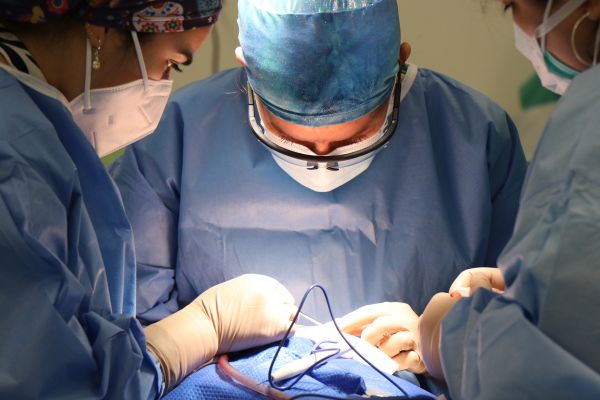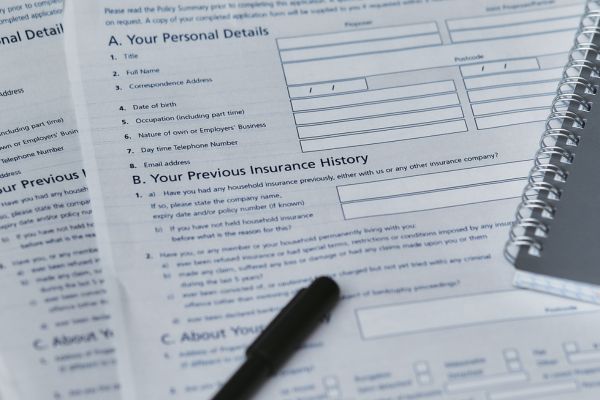Lower eyelid surgery, a cosmetic procedure aimed at rejuvenating the appearance of the eyes, has become increasingly popular. Many individuals, however, wonder if this transformative surgery is covered by insurance. In this comprehensive guide, we will go into the intricate world of insurance coverage for lower eyelid surgery, exploring the nuances that determine whether this cosmetic enhancement is considered a medical necessity.
Lower Eyelid Surgery Covered by Insurance
Eyelid surgery, technically called “blepharoplasty,” is a procedure that removes excess skin and fatty deposits from the upper eyelids, lower eyelids, or both.
Insurance companies do not generally cover the lower eyelid blepharoplasty, but upper blepharoplasty can be covered in cases where an examination by an ophthalmologist determines that droopiness of the upper eyelid impairs vision or the functionality of the eye. Please note, the eyelid procedures performed by Dr. Wise are considered to be cosmetic in nature, and thus are not covered by insurance in any circumstance.
What is Eyelid Surgery?
The purpose of eyelid surgery is to remove extra skin and fat from the upper and lower eyelids. In the US, it is among the most often performed cosmetic treatments. Many opt for upper and/or lower blepharoplasty treatments in order to significantly reduce aging indications and alleviate a look of fatigue or upset.
Not only is blepharoplasty surgery done for aesthetic reasons, but it can also enhance vision. Health insurance coverage may cover upper eyelid surgery if the droopiness of the top eyelid interferes with vision or eye function, even if lower blepharoplasty is typically not covered. Medical insurance must find eyelid surgery to be medically essential before paying for it. If your eyelid droopiness is really impairing your eyesight to the point where it interferes with driving, working, or carrying out other daily tasks, this could be the in your favour.
Importance of Lower Eyelid Surgery
Undergoing lower eyelid surgery is a personal choice often driven by various factors. Beyond the aesthetic benefits, individuals seek this procedure to address concerns such as sagging skin, under-eye bags, and wrinkles. The impact on self-esteem and confidence cannot be overstated, making this surgery more than just a cosmetic enhancement.
How can I get insurance coverage for eyelid surgery?
Verify with your insurance provider whether eyelid surgery is covered before starting this process. The next step is to have a visual field test performed by an ophthalmologist to determine the extent to which your eyelids are obstructing your vision. A thorough ophthalmology examination may also be required by certain insurance carriers. After that, you’ll need to see a specialist who specializes in eyelid surgery, like a facial plastic surgeon.
This is a crucial step in determining whether your vision issues are caused by dermatochalasis (excess skin), ptosis (plying/weakness of the muscle that opens your upper eyelid), brow ptosis (heavy and sagging of the eyebrow), or other conditions. This will assist in determining the best course of action for enhancing your appearance and vision!
Pictures are taken during your appointment to record the location of your eyelids. After that, your insurance provider receives this information for pre-approval and authorization.
When Is Blepharoplasty Covered By Insurance?
Qualifying to have insurance cover the cost of upper eyelid surgery involves meeting certain criteria. The procedure must be deemed “medically necessary,” rather than performed for cosmetic reasons. A few points to consider as you think about whether insurance is likely to cover your specific case:
- If your vision is significantly and unambiguously inhibited by the presence of excess eyelid skin (dermatochalasis) from the upper eyelid, the procedure will be covered by insurance.
- In order to gain insurance coverage, you’ll also need to have a documented examination by a physician. You may also need to have a visual field test that demonstrates markedly improved vision when the eyelid skin is temporarily taped out of the way.
- Insurance typically does not cover lower eyelid surgery.
Conclusion
In conclusion, obtaining insurance for lower eyelid surgery necessitates thoughtful deliberation, exhaustive investigation, and skillful communication. Even if there may be obstacles along the way, the chances of success can be greatly increased by being aware of the nuances of insurance policies and the variables that affect coverage.
FAQs About Lower Eyelid Surgery Covered by Insurance
Q1: Is lower eyelid surgery always considered a cosmetic procedure?
While it is primarily cosmetic, certain cases may qualify as medically necessary, potentially leading to insurance coverage.
Q2: How can I ensure my insurance claim is successful?
Thorough documentation, open communication with your surgeon, and a clear understanding of your insurance policy are key factors.
Q3: How Do I Find Out If My Eyelid Surgery Would Qualify?
If you’re not sure whether you qualify for insurance to cover the cost of upper blepharoplasty, the first step is to schedule an appointment with an optometrist to test your field of vision.
Q4: Are there alternative financing options if insurance doesn’t cover the surgery?
Yes, medical loans, payment plans, and financing options can provide alternatives for individuals facing insurance challenges.
Q5: Is Blepharoplasty Covered By Health Insurance or Vision Insurance?
Blepharoplasty is covered by health insurance when the visual field is impacted by the sagging skin. Your general medical insurance should cover this procedure; you don’t need vision insurance.






